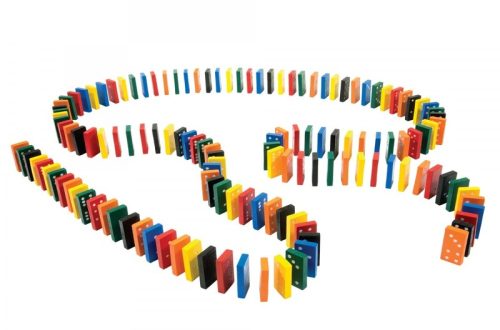Board games have the power to bring people together, spark creativity, and provide hours of entertainment. But have you ever wondered what goes into crafting a truly exceptional board game? Here’s a glimpse into the art of designing board games, focusing on two key aspects in each of the following parts:
Part 1: Concept and Mechanics
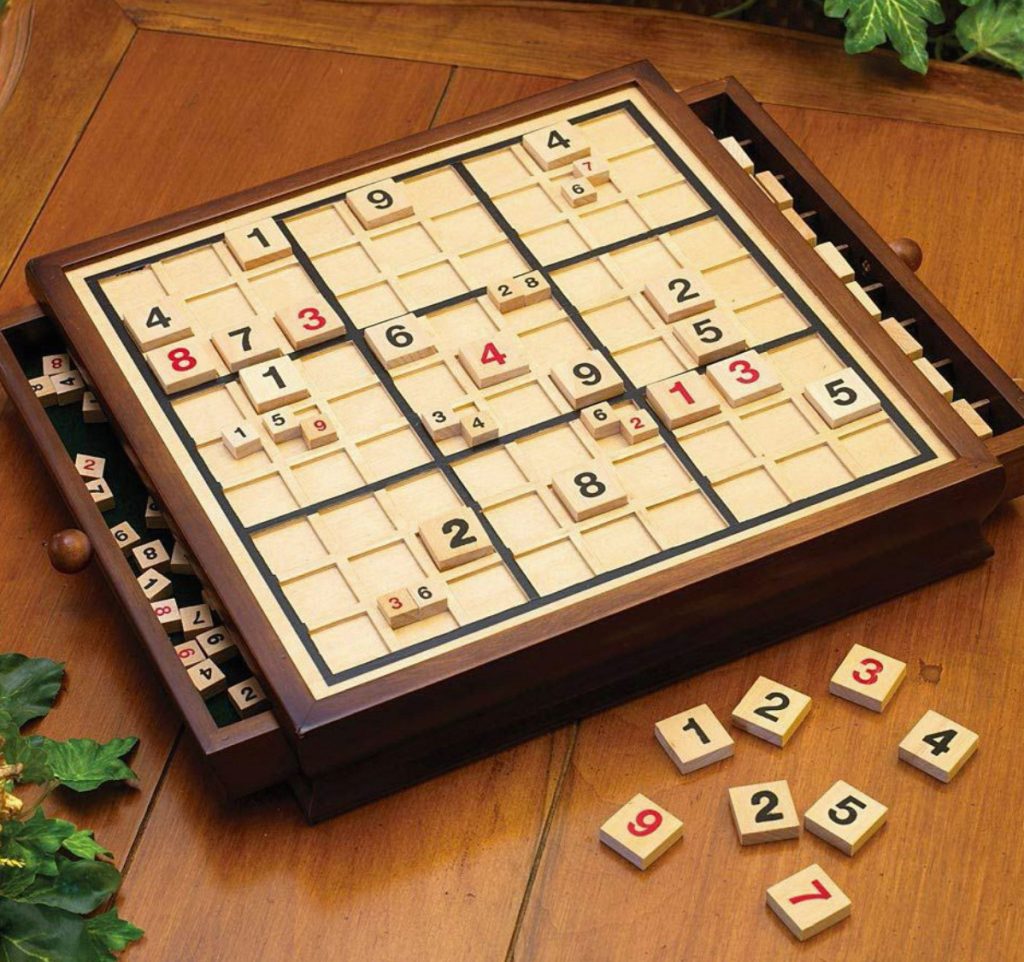
Finding Your Niche:
The landscape of the board game market is expansive and constantly evolving. Within this diverse terrain, there are numerous paths to explore. Do you aspire to create a lighthearted and social party game, a deeply strategic and complex eurogame, or perhaps something entirely novel and unique? Identifying your target audience and the distinct niche you seek to occupy is pivotal in shaping your design decisions and positioning your game amidst the broader market. Understanding the preferences and expectations of your intended audience can inform the mechanics, theme, and overall tone of your game, ensuring that it resonates with its intended players and stands out amidst the multitude of existing games. Whether your aim is to cater to casual gamers, enthusiasts of specific genres, or to carve out a new category altogether, discerning your place in the market is instrumental in guiding your creative vision and forging a unique identity for your game.
Mechanics Drive the Experience:
The core mechanics of your game are the building blocks of how players interact with it. Will it be dice-rolling, card drafting, resource management, or a unique combination? Understanding these mechanics and how they intertwine is crucial for creating a game that is both engaging and balanced.
Part 2: Playtesting and Refinement
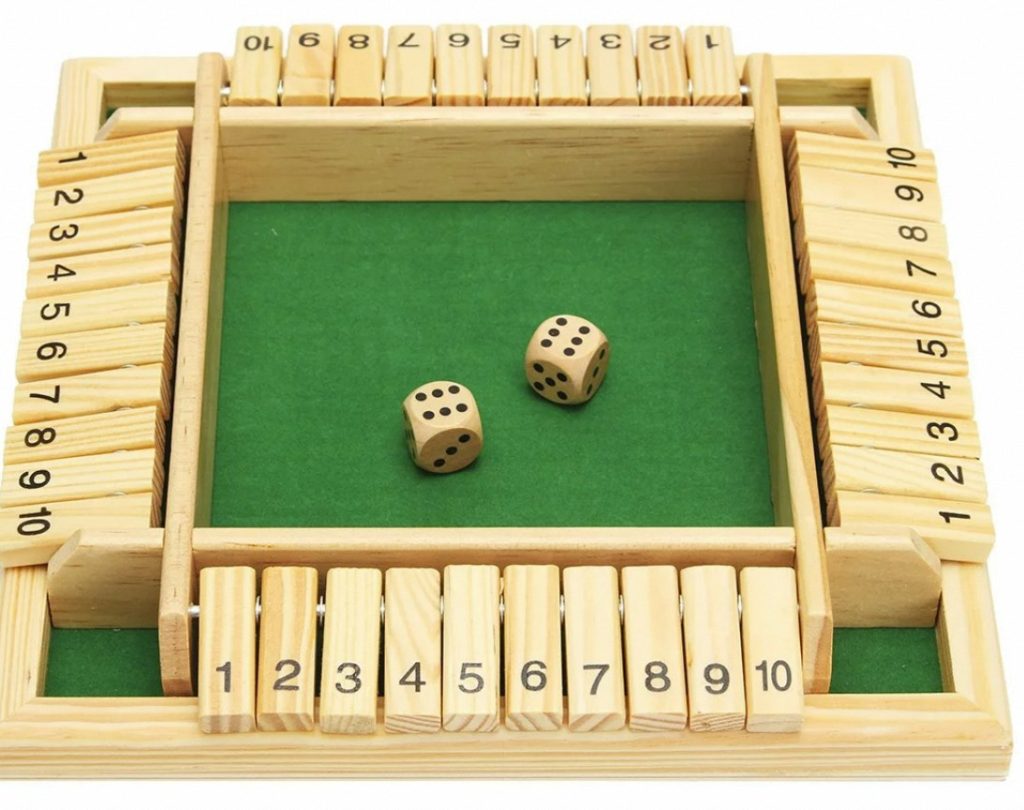
The Power of Playtesting:
While your game concept may appear brilliant in theory, its true measure comes from actual gameplay experiences. Playtesting with a diverse group of players serves as a critical step in the development process, enabling you to identify and address potential issues with rules, game balance, and overall enjoyment. Embracing a broad spectrum of perspectives and playstyles during playtesting provides valuable insights, as diverse feedback illuminates blind spots and unearths opportunities for improvement. Remaining receptive to feedback, both constructive criticism and positive reinforcement, is key. By actively listening to playtesters’ experiences and observations, you can gain a deeper understanding of how your game is being interpreted and experienced. This, in turn, allows you to iteratively refine and enhance your game design, ensuring that it resonates with a wider audience and delivers an engaging and rewarding gameplay experience. Playtesting serves as a crucible for fine-tuning your game, helping you to mold and polish it into its best possible version.
Refine, Refine, Refine:
Board game design is an iterative process. Playtesting will reveal areas for improvement, and you shouldn’t be afraid to make significant changes. Streamline complex rules, adjust victory conditions, and fine-tune the difficulty to ensure a satisfying experience for your target audience.
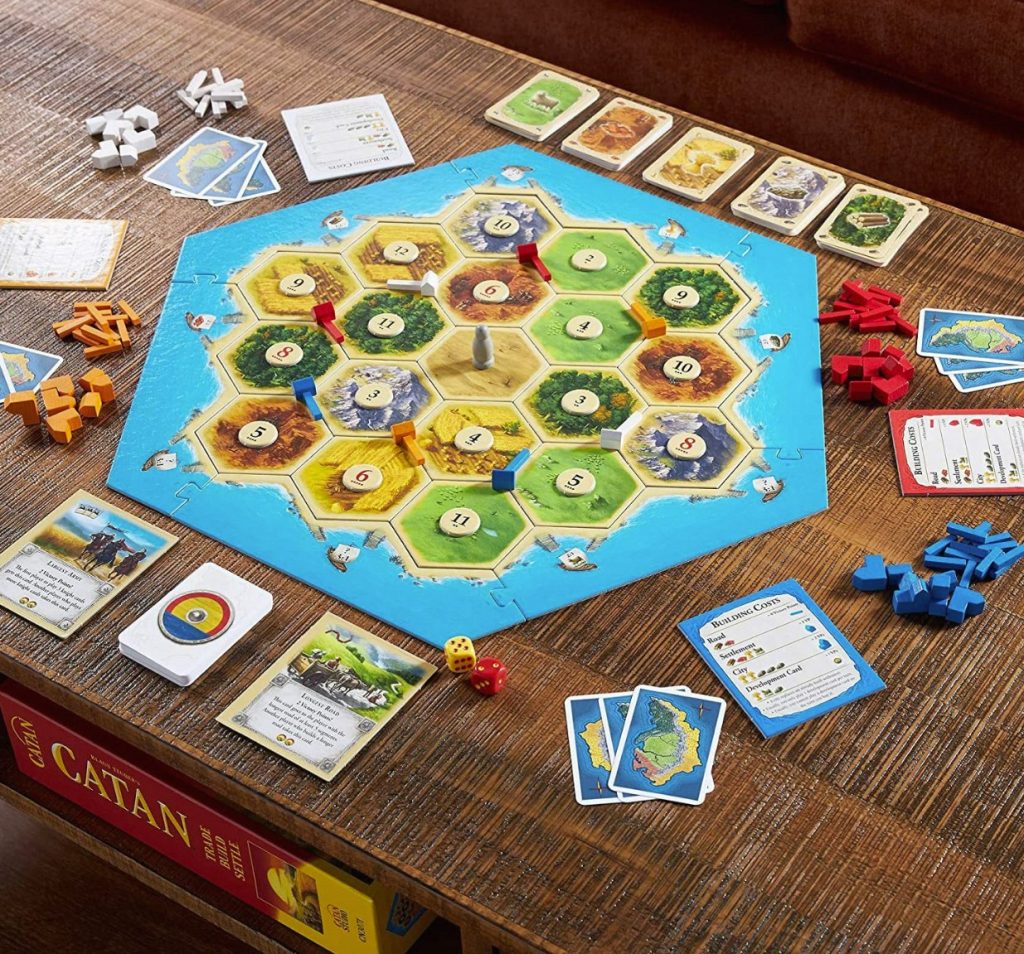
Part 3: Theme and Presentation
Theme Integration:
Integrating a theme seamlessly into your game has the potential to elevate it. It can elevate it from being solely mechanics-driven to delivering a truly immersive and captivating experience for players. It’s important to view the theme as more than just a superficial layer. Instead, it should be seen as a central guiding force that permeates every aspect of the game. A well-integrated theme should not simply be an afterthought. It should inform and influence the game’s mechanics, art style, and even the nomenclature of components. By breathing life into the game mechanics with thematic elements and incorporating evocative visual and narrative elements, you can create a cohesive and engaging experience. This draws players into a rich and coherent gaming world. When thoughtfully established, the theme acts as a unifying thread. It infuses the game with depth, storytelling, and emotional resonance. This ultimately enriches the overall gameplay and immersion.
Eye-Catching Presentation:
The impact of a game’s visual appeal cannot be understated, as it serves as a crucial factor in attracting and engaging players. Investing in high-quality artwork, clear and intuitive graphic design for components such as boards and cards, and an overarching aesthetic that harmonizes with the theme can significantly elevate the overall experience of your game. Striking a balance between beauty and functionality is key; captivating artwork can draw players in, while clear and thoughtful graphic design ensures that the game’s components and information are easily navigable and comprehensible. Employing high-quality visuals can communicate the game’s theme, evoke emotion, and foster immersion, enriching the gameplay experience.

Additionally, a polished visual presentation can help distinguish your game on crowded shelves and in online marketplaces, as it contributes to a favorable first impression and encourages potential players to explore further. Embracing the visual aspect of game design can enhance the allure and accessibility of your game, making it more enticing and memorable for players.
Part 4: Publishing and Beyond
Knowing Your Options:
Once you have meticulously honed your game to perfection, the next step involves contemplating the avenues for getting it published. There are various routes you can explore, each with its own set of opportunities and considerations. One option is to approach traditional board game publishers. They can provide resources and expertise to bring your game to a wider audience. Alternatively, you might consider self-publishing through crowdfunding platforms. This not only empowers you to maintain creative control but also allows you to gauge interest and secure funding directly from enthusiastic supporters. Another possibility is to create a print-and-play version of your game. This makes it accessible for online distribution and sharing within gaming communities. Each approach comes with its own set of advantages and challenges. So, it’s important to weigh your options carefully. Select the publishing path that aligns best with your goals and vision for your game.
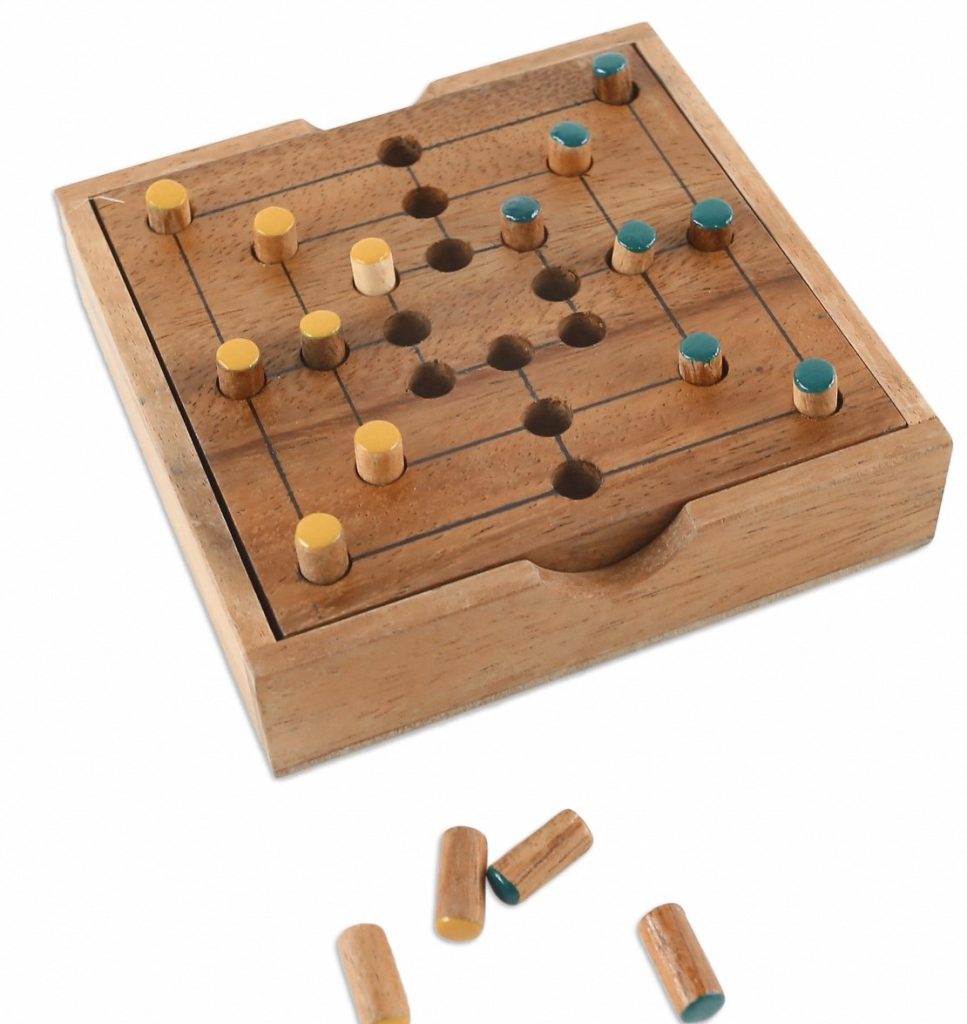
The Journey Continues:
Even after your game is published, the journey doesn’t end there. Actively engage with your player base, address any balance issues that arise, and consider creating expansions or sequels to keep your game exciting for years to come.
Remember, designing a great board game takes time, dedication, and a willingness to learn and iterate. By focusing on these core aspects and continuously refining your craft, you can turn your board game idea into a reality and bring joy to players everywhere.

